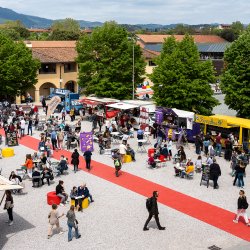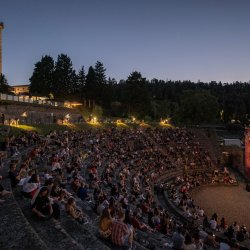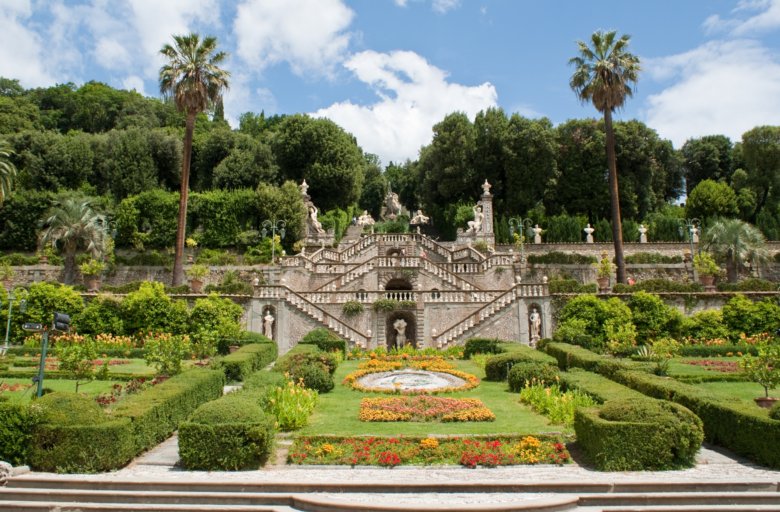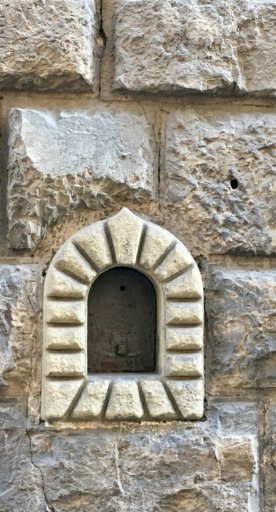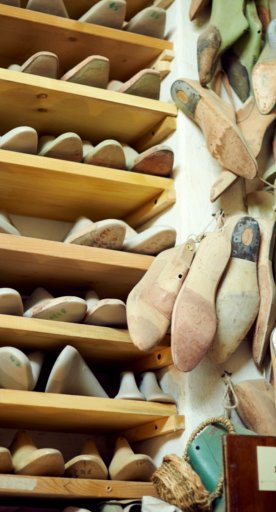

4 places to visit around Florence
Among museums, villas and monuments: discovering traditional crafts, an ancient kiln and a wonderland park
The art and culture of Florence don’t stop within the city’s borders: rather, that world-famous beauty is only the starting point.
Did you know that all around the capital city of Tuscany are spread out 17 municipalities that, pulsing with life, enrich its artistic and cultural heritage?
Museums, villas, monuments still unexplored and therefore even more fascinating. A few kilometers separate the places we present you from the Tuscan capital, but to travel them is to take a journey to other landscapes, other times, other territories.
You can immerse yourself in traditional workmanship or imagine the grandiose dream of love and beauty in a park that already appeared as “wonderland” to contemporaries. Finally, you will find yourself meeting a modern painter in a Renaissance villa and leaving the light that outlines the hills to venture into a kiln, a dark cavern where wonders were made by the power of fire. And the work of man.
-
1.The Museum of Straw in Signa
-
2.The Medici Park in Pratolino
-
3.Agresti Furnace
-
4.The Museum Mario Romoli in the Villa Poggio Reale
The Museum of Straw in Signa
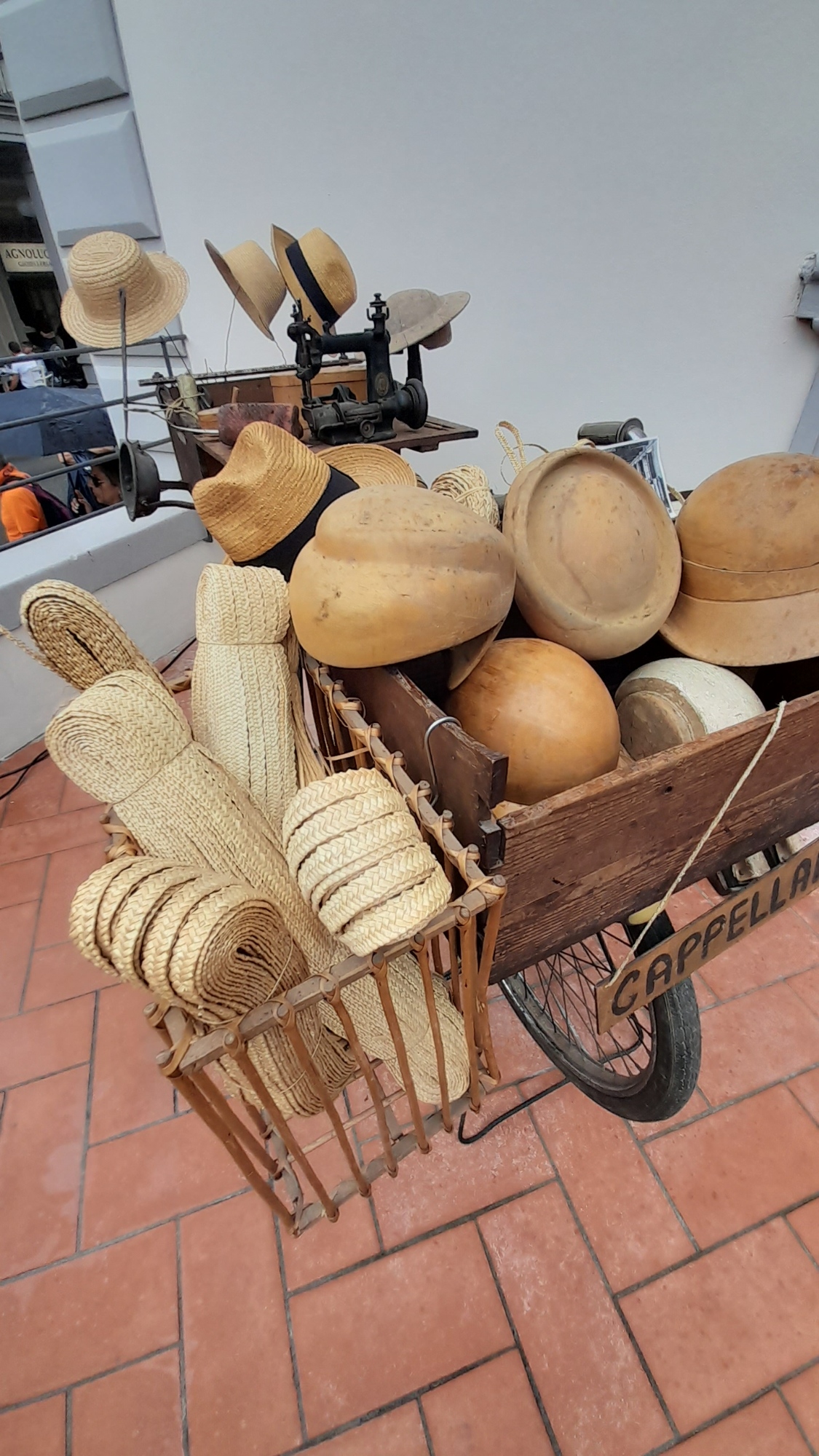
Do you know the straw hat of Florence? The artisanal and then proto-industrial production of these fashion accessories, once so common and so well known, took place in Signa. The city of Signa is 14 kilometers from Florence and is easily reached by train.
In the past, straw (derived from ‘Marzuolo’ (Timilia) wheat) was processed mainly by women who made hats and other accessories. A traditional activity that due to current trends has not survived global markets. However, there is a place where the fin de siècle atmosphere related to straw as an accessory can still be breathed and the beauty of this tradition is transformed into art: it is the Civic Museum of Straw in Signa.
The Museum has moved along with its 5,000 pieces from its old location to a more adequate space structured on 3 levels. A visit to the museum is not only a journey through time to discover ancient “know-how” but also an immersion in style and beauty. And in knowledge, thanks to themed exhibitions held in the Museum’s basement.
The Medici Park in Pratolino

A model throughout Europe for the gardens of royal houses, the Medici Park in Pratolino, in the north of Florence, was imitated in the gardens of Heilbrunn near Salzburg, the Hortus Palatinus in Heidelberg and Saint-Germain-en-Laye near Paris. The park was praised by foreign visitors for its contraptions, statues, fountains and water games that were expressly desired by Francesco I de’ Medici and created by Bernardo Buontalenti, Tommaso Francini, Bonaventura da Orvieto and Goceramo da Parma. Of all the statues, the most astonishing was and is the giant figure of the Apennines that dominates the body of water in the lily pond, a work by Giambologna.
There is no trace left of many of the 16th-century wonders, except in the words of visitors of the past, yet the Medici Park in Pratolino is still a place full of charm, combining the sumptuousness of nature with refined works of art. The 20 hectares contain white firs, ginkgo biloba, linden trees, oaks, plane trees, persimmons, lagerstroemia and other centuries-old plants.
What about the villa? Francesco I commissioned Bernardo Buontalenti to design and build the villa, which was located in the center of the Park, on an axis with the Giant of Giambologna to the north and the avenue of gushes to the south. The structure of the villa was extraordinary: an imposing three-story building resting on a high basement that, although it had no inner courtyard, guaranteed all rooms access to natural light, which illuminated every room, opening it up to the surrounding nature.
The favorite place of Francesco I and his wife Bianca Cappello, who both died in October 1587 from malarial fevers, Pratolino still had moments of splendor with Ferdinando de’ Medici followed by difficult years, the acquisition by the Russian Demidoff family, and becoming public property in the 1980s.
The Park, located 15 minutes from Piazza della Libertà in Florence, can be visited in the spring/summer period and is a UNESCO World Heritage Site.
Agresti Furnace

You say Impruneta and you think about terracotta, which is not only found everywhere in this city in the south of Florence, but is a leitmotif throughout not only the Florentine but the Tuscan landscape.
You find Impruneta cotto in historic buildings as flooring, terracotta is everywhere, from citrus vases in gardens to decorative elements, from oil jars to noble coats of arms.
The clay that once fired turns red in the Impruneta area is particularly suitable for working, and many kilns are still active and produce sought-after and beloved pieces. But the Agresti Furnace, where we bring you, is no longer in business.
Its interest stems from several factors: on the one hand, the building complex that makes it up, dating back to the 18th century; on the other hand, the memory it carries for having preserved tools, molds, models, forms that have been used over time. There are about 600 pieces including plaster and terracotta casts, work tools and machinery made between the late 19th century and the first decade of the 20th century.
The working place of the Agresti family, famous artisans in Impruneta, it was acquired by the municipality, which has made it a documentation center on the workmanship for which they have become world-famous, a center where they testify to the fact that the line between art and craftsmanship is very thin.
The Museum Mario Romoli in the Villa Poggio Reale

Upon entering Rufina, it is impossible not to see Villa Poggio Reale. It stands out at the end of an avenue of cypress trees, on a small hill, almost dominating the panorama. In fact, Rufina, a city 32 kilometers from Florence, almost seems to have its center of gravity there, especially since the Villa has always been linked to the most important production of this territory, that of vines and wines.
However, the beautiful villa with its Renaissance forms is not only home to a Vine and Wine Museum, which we certainly recommend you visit, but it is also the place where the Museum Mario Romoli has found a home.
This Florentine artist was an important protagonist of 20th-century painting, and his works of painting, sculpture, as well as abundant documentation especially related to his international contacts, are exhibited in the rooms of the Museum. A pleasant discovery in the small city of Rufina, which can be reached by train.






